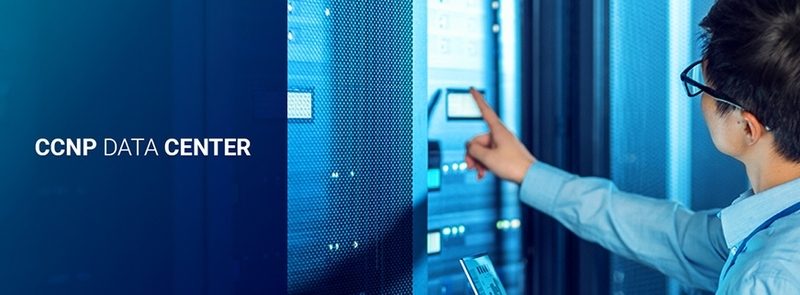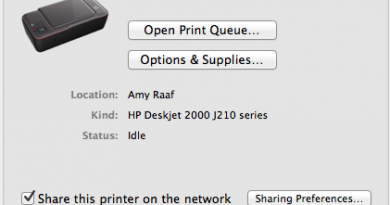What is Cisco CCNA Certification anyway?
What is Cisco CCNA Certification anyway?
The (CCNP) Cisco Certified Network Professional Routing and Switching certification confirm the ability to plan implementation to verify and troubleshoot local and wide-area business networks and work in collaboration on advanced security, voice, wireless and video solutions with specialists. The CCNP Switching and Routing certification are appropriate for those with at least one year of experience in networks that are ready to advance their skills and work independently on complex network solutions.
CCNA can currently be obtained in two ways
with a single accelerated test called Interconnecting Cisco Networking Devices: Accelerated (CCNAX) or Performing two tests: the first ICND-1 (Interconnecting Cisco Networking Devices Part 1) and then the ICND-2 (Cisco Interconnecting Network Devices Part 2).
How can I study to get CCNA certification?
First of all, I want to make it clear that there is no prerequisite for you to take the CCNA exam because there is confusion with CCENT because it was placed as an entry-level, but there is no such premise.
Also, you don’t have to take a suitable course to validate the exam, if you want you can study it yourself!
A wide range of CCNA materials and documentation are available on the internet, but the preparation for the exam itself depends mostly on your level of networking knowledge and how you like to study.


What is the difference between CCNA and CCNP?
CCNA certifications prove a professional’s ability to troubleshoot, operate, install, and configure networks. A CCNA qualification focuses on a variety of different areas, a few of which include wireless, data centers, or cloud configuration. The CCNA has an excellent reputation as a high entry-level qualification for those working in the sector. It’s usually aimed at those professionals who have around 1-2 years of experience.
The Cisco Certified Network Professional focuses on WAN or LAN, and gaining this certificate proves the individual’s ability to troubleshoot, plan, and execute these networks. CCNP training spans several areas, a few of which include cloud collaboration, routing, switching, and security. The CCNP is for those professionals who would like more specialized training in the implementation of Cisco’s more advanced network solutions. In the CCNP you’ll cover advanced routing, multilayer switching or remote access.
What future can I choose after CCNA? What Cisco certifications can I get after CCNA?
Cisco offers many careers in a variety of IT areas such as Routing and Switching, Security, Wireless, Datacenter and more.
After the Associate level ( CCNA “A” ) you can go to the professional level (CCNP) or even get to the expert (CCIE)!
For each and every level there are several Cisco certifications to be taken.
For example, for CCNP Routing and Switching you will face 3 trials: CCNP ROUTE, CCNP SWITCH, and CCNP TSHOOT, the first focusing on advanced routing protocols, second by advanced switching and third by elimination.
The CCNP certification is one of the most prestigious network certifications, worldwide backed by Cisco Systems. The technicians in possession of this certification represent a professional guarantee for companies that require qualified personnel in concepts such as routing, switching, private networks, remote access, etc. In most cases, CCNP certified personnel perform high-level support tasks, solving incidents to large clients or configuration operations of high-end devices.
Once the CCNA certification is achieved, the CCNP is, without a doubt, the goal to be achieved by the technical staff that aspires to expand their knowledge and their work horizon.
The work provides the concepts, commands, and graphics necessary to configure Cisco devices in corporate networks and achieve the highly valued certification. The book contains forty-four chapters divided into four well-defined parts that cover topics such as routing, switching, VoIP, MPLS, security, wireless, QoS, etc., whose order facilitates reading and learning.
The authors have turned all their experience as certified trainers and technicians, achieving a compendium free of unnecessary material pointing only to the most relevant topics in the field. The terminologies have been jealously guarded, respecting the slang used in communications so that the use of the Spanish language does not represent an obstacle as it had been until now.
This book covers, without a doubt, empty space so far for Hispanic speakers, who not only pursue the highly valued CCNP certification but also serve as reference material for those who wish to expand their knowledge.




